Starting a vegetable garden. On concrete.
Megan
3 years ago
last modified: 3 years ago
Featured Answer
Sort by:Oldest
Comments (43)
Christopher CNC
3 years agoMegan
3 years agoRelated Discussions
Can I use concrete blocks to border my vegetable garden?
Comments (2)The type of grass may still send runners that will show up in your garden. Typically after you have tilled, you can at least notice the new grass more quickly. You may just need to spend time weeding through that. At the spots where the concrete blocks are lieing, you may also want to remove the grass there, and then lay down weed blocker....See MoreMetro Atlanta Vegetable Gardeners Unite! Seed Starting/Direct Planting
Comments (1)I am a new-ish gardener and planted tomatoes in cups today to be transplanted to containers. I know I am getting a late start for transplanting but I did not have the tools to do indoor sowing. I would have probably planted 2 weeks ago but I saw the forecast for the cold front week and then there was the actual cold front. Even though I just planted tomatoes and will be planting peppers, eggplants, basil and cucumbers soon I have been quite busy with gardening related activities for cold weather crops like peas, lettuce, spinach, chard, brussels sprouts and other plants. The plants themselves are doing so-so, I don't know if I they are just slow because of the cooler weather or if I did something wrong. Since the weather is supposed to be mild for the next couple weeks hopefully the plants will take off and if they don't then my conclusion is going to be that something went wrong with the plants....See Moretime to start planning your 2018 vegetable garden !
Comments (2)For those of us in zone 5/6, I love my Crockett's Victory Garden books from Crockett's tv show filmed in Boston back in the 70s. I like the month by month guide to what to do in the garden. I've also learned a lot and like no till method of starting a bed using the Lasagna Gardening methods. You can find these books at used book stores or in your local library....See MoreLooking for vegetable seeds to start a garden.
Comments (6)Actually, in most of the United States, last frost is after this date. But even retail, seeds are pretty cheap, and what you get is likely to be of high quality. Second-hand seeds are often free, but might be of questionable quality. That being the case, if you have local gardening groups, there may be people who have extra (or slightly old) seeds they don't mind giving away. Be aware that the cost of soil amendments and fertilizer is probably going to be a lot greater than the retail cost of seeds....See MoreMegan
3 years agolynartist
3 years agobtydrvn
3 years agoMegan
3 years agobtydrvn
3 years agoMegan
3 years agobtydrvn
3 years agoChristopher CNC
3 years agoMegan
3 years agoChristopher CNC
3 years agoMegan
3 years agoChristopher CNC
3 years agoUser
3 years agoeinportlandor
3 years agocousinmike
3 years agofloral_uk z.8/9 SW UK
3 years agoAnna (6B/7A in MD)
3 years agosocalgal_gw Zone USDA 10b Sunset 24
3 years agoMegan
3 years agoMegan
3 years agosocalgal_gw Zone USDA 10b Sunset 24
3 years agoAnna (6B/7A in MD)
3 years agolast modified: 3 years agocousinmike
3 years agolast modified: 3 years agoEmbothrium
3 years agoMegan
3 years agoSherry8aNorthAL
3 years agolast modified: 3 years agoMegan
3 years agoeinportlandor
3 years agobtydrvn
3 years agoreyazee
last yearlast modified: last yearlynartist
last yearlynartist
last yearlynartist
last yearbeesneeds
last yearlynartist
last yearbtydrvn
last yearbtydrvn
last yearBenT (NorCal 9B Sunset 14)
last yearlast modified: last yearnancyjane_gardener
last yearpoetie
last year
Related Stories

MOST POPULARHow to Start a Cool-Season Vegetable Garden
Late summer and late winter are good times to plan and plant cool-season crops like salad greens, spinach, beets, carrots and peas
Full Story
GARDENING GUIDESSeeds or Seedlings? How to Get Your Garden Started
Growing delicious herbs and vegetables starts with knowing your goals and when you want to plant
Full Story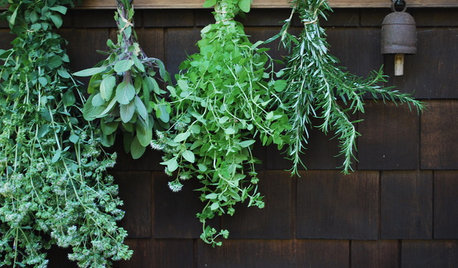
GARDENING GUIDES10 Foodie Favorites to Kick-Start Your Edible Garden
Get ready to plant these herbs and vegetables this spring to bring gourmet flavors from your garden into your kitchen
Full Story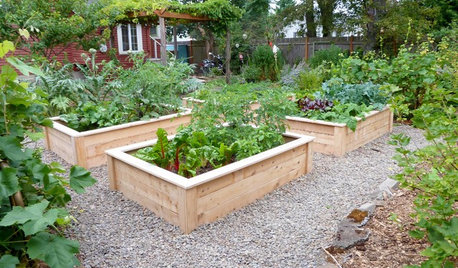
GARDENING GUIDES12 Tips to Help You Start an Edible Garden
Get on your way to growing your own vegetables with a raised bed or a few containers on the patio
Full Story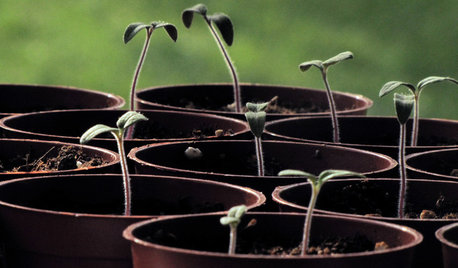
EDIBLE GARDENSPlanting Time: Get Your Garden Started With Seeds
You can get an early gardening fix — and save money too — by starting seedlings in the warm indoors
Full Story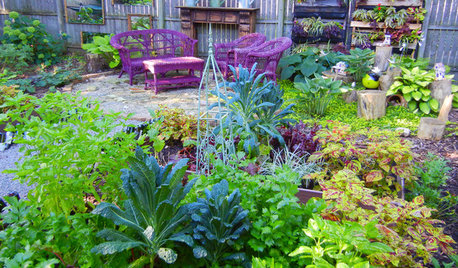
GARDENING GUIDESShades of Vegetable Gardens: Growing Edibles in Less Sun
See how one gardener produces a veritable feast of vegetables and herbs under a canopy of shade
Full Story
FARM YOUR YARD9 Ways to Change Up Your Vegetable Garden for the Coming Season
Try something new for edible plantings that are more productive than ever
Full Story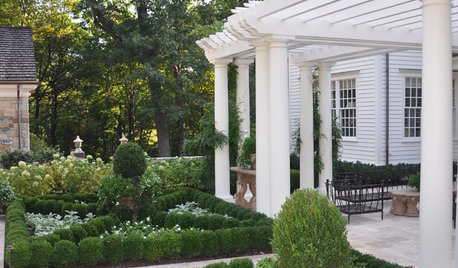
GARDENING AND LANDSCAPINGCream-of-the-Crop Vegetable Gardens
Both trendy and traditional, these inspired potager designs turn the everyday vegetable garden into art for your landscape
Full Story
GARDENING GUIDESGet a Head Start on Planning Your Garden Even if It’s Snowing
Reviewing what you grew last year now will pay off when it’s time to head outside
Full Story
EDIBLE GARDENS8 Surefire Vegetables and Herbs for Beginning Gardeners
Learn the edible plants that are popular and easy to grow in a backyard or container garden
Full Story


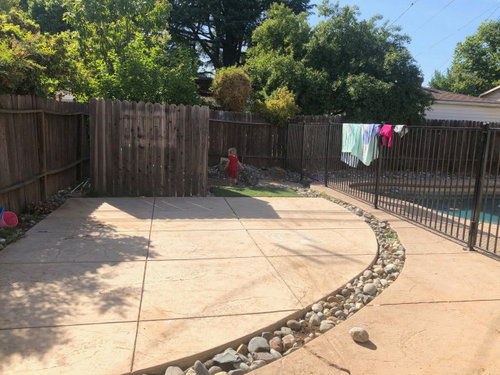


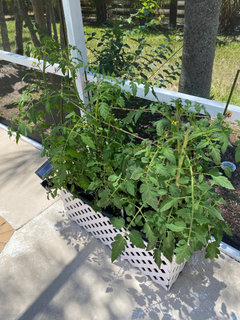



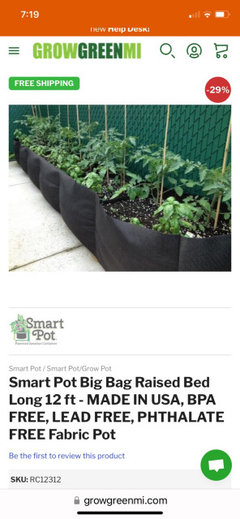


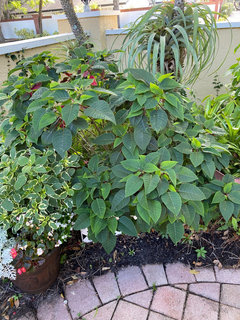


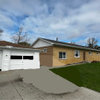
robert567